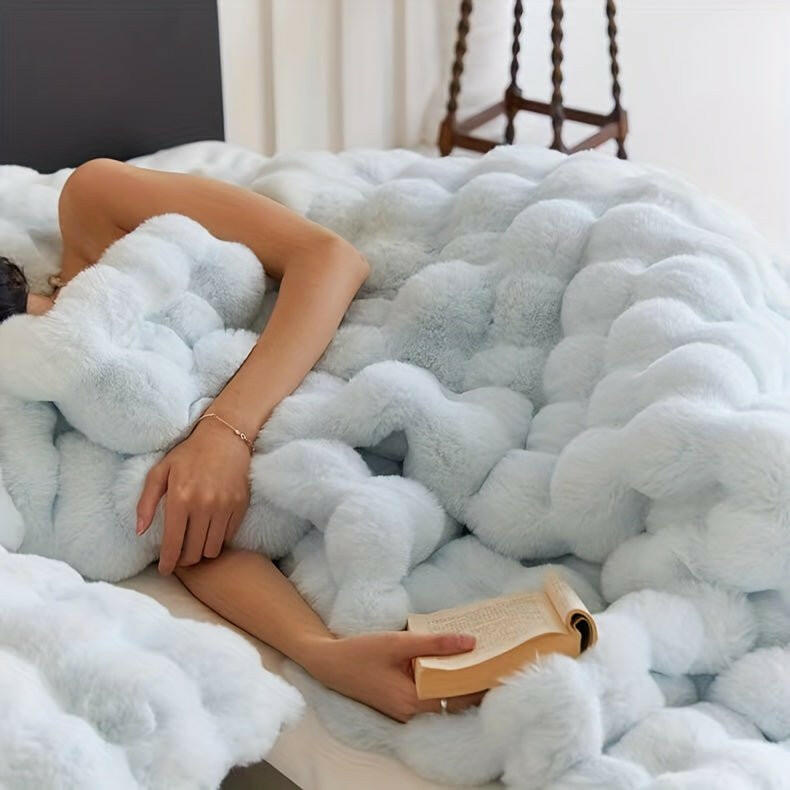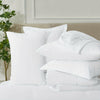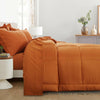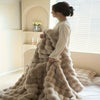Fabric as Texture: How Weave Influences Feel and Function
Beyond the fibers themselves, the way threads are interlaced, twisted, or looped gives fabric its unique character. This structural artistry, known as weaving or knitting, dictates everything from a textile's drape and durability to its softness and breathability. The texture of a fabric isn't just a sensory experience; it's a testament to ancient craftsmanship and modern engineering. Join us as we unravel the intricate world of fabric textures and their profound impact on our everyday lives.
The Foundation of Feel: Weave Structures
The simplest and most common weave is the **plain weave**, where warp and weft threads cross over and under each other in an alternating pattern. This creates a strong, durable fabric with a flat, even surface, ideal for many everyday uses. Think of crisp cotton fabrics often used in basic bedding or shirting.
In contrast, the **twill weave** creates a diagonal rib pattern, as seen in denim. This construction results in a fabric that is very durable, drapes well, and is less prone to wrinkling. It’s why jeans are so resilient! Then there's the **satin weave**, which allows many warp threads to float over the weft threads before interlacing, creating a smooth, lustrous surface. This technique gives silk and satin fabrics their distinctive sheen and luxurious feel, often preferred for elegant garments and premium bedding.
 Different weave patterns create distinct fabric textures and properties.
Different weave patterns create distinct fabric textures and properties.Beyond Weaving: Knitting and Other Structures
While weaving involves interlacing two sets of threads at right angles, **knitting** uses a single continuous thread to form interlocking loops. This creates a fabric that is inherently more elastic and flexible than woven fabrics, making it perfect for comfortable apparel like t-shirts and activewear. Think of the soft, stretchy feel of jersey knits.
Other unique structures also contribute to texture. **Jacquard weaves**, for example, are complex patterns woven directly into the fabric using specialized looms, creating intricate designs and often a richer, more textured surface. This method is used for fabrics like damask and brocade, adding depth and visual interest beyond simple prints.
Texture in Everyday Life: From Bedding to Upholstery
The choice of weave and resulting texture significantly impacts a fabric's application. For your bedroom, the smooth, cool feel of a pure cotton bedding set is often achieved with a percale weave, offering a crisp touch. Alternatively, a sateen weave in bedding provides a softer, more luxurious feel. Consider the unique texture and comfort of our cotton washed double-layer yarn four-piece bedding set, showcasing how specialized weaves enhance comfort.
For durable yet comfortable options, a tightly woven cotton blend or a structured linen can be ideal for upholstery or everyday garments. The tactile experience of a fabric is just as important as its visual appeal, influencing comfort, warmth, and even the way light interacts with its surface.
Understanding weave structures helps us appreciate the hidden complexity in the fabrics we touch every day. It's a reminder that true quality goes beyond the fiber – it's woven into the very structure of the material.




